The economic sector that suffered the most during the pandemic was tourism. With planes on the ground and the population confined, accommodation and hospitality businesses were left without income. It was a disaster for some, and a blessing for others. Especially for those who are fed up with mass tourism and the gentrification it causes. But that joy was short-lived, because the end of the restrictions caused 'revenge consumption' that has translated into an unprecedented rebound. The records that tourism set in 2019 have already been surpassed.
In Japan, where 2023 closed with 20% fewer international tourists than before the pandemic, they have set out to prevent that from happening. And its figures are very far from those recorded in a country like ours: last year it received 25.1 million visitors. It is not even a third of the 85 million who traveled to Spain, and the country of the Rising Sun more than doubles our population. Come on, by our standards the Asian archipelago is far from having a problem with tourism. But the Tokyo Executive disagrees, because it sees that in recent months the 2019 figures have been exceeded, and it has implemented a battery of measures to combat overcrowding and diversify the sector.
Forbidden neighborhood
The leaders know that the Japanese are not happy with so many foreigners on their streets: 80% of the residents of Kyoto, the cultural capital and one of the main tourist magnets, complain that the visitors are a nuisance. A lot. So much so that the City Council has decided to prohibit its entry into some areas of the city. Specifically in the Gion neighborhood, home of maikos and geishas. Its narrow streets will be off-limits to tourists. «We did not want to take this measure, but we are desperate. “This is not a theme park,” complained one of the people in charge of the neighborhood council, Isokazu Ota, in statements to The Guardian.
Maikos and geishas are harassed by paparazzi tourists in Kyoto.
Zigor Aldama
The problem is not so much in the number of visitors, but also in their behavior. In a country with social rules as strict as Japan, the rudeness of foreigners is difficult to fit into. It has been shown that the fines that were in force are not enough to prevent tourists from launching themselves like paparazzi to take photos of women leaving entertainment venues, and even touching their sophisticated kimonos, so they have decided cut to the chase.
€1,280
is the average expense
that tourists make in Japan, a bill in which the main expense is accommodation, followed by shopping.
1%
of GDP
is the economic weight of international tourism in Japan, very far from the 11% that this sector contributes in Spain.
«Cities must always be thought of for those who live in them. The right of residents not to be constantly disturbed must be protected. And we also have to preserve local businesses, which are not always what tourism demands,” says Hinata Kazuo, a young resident of Kyoto. «But we cannot ignore that, although Japan depends little on it, tourism is an industry that also feeds many families – in Kyoto it represents 18% of the GDP. It must be diversified, because one street can be full and the parallel one empty,” he adds.
Chinese and attractive prices
It is difficult to strike a balance between the interests of residents and those of the tourism industry. Between the always enriching intercultural contact and gentrification. Above all, when cities like Kyoto receive travelers every year that multiply their own population by 30. “I have instructed all ministries to work, in coordination with the Minister of Tourism, Tetsuo Saito, to incorporate into their policies the prevention plan developed to ensure that tourism can be lived, visited and accepted,” commented the prime minister. , Fumio Kishida, last October.
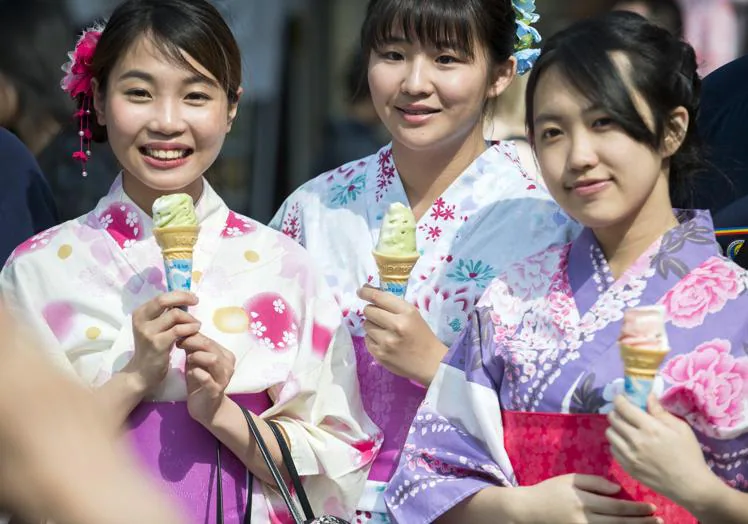
Young Chinese women dressed in Japanese costumes are photographed in Tokyo.
Zigor Aldama
One of the peculiarities of Japan lies precisely in the fact that it has one of the most endogamous societies in the world – it has only 3 million foreigners, less than half that of Spain – and that tourism is a relatively new phenomenon. It was in 2003 when the country decided to promote this activity for the first time, partly due to the need to diversify the economy after the crisis of the late 90s. In 2006, it approved the law that tries to promote the industry, and did not establish an agency. specific until 2008.
Massification in Kyoto.
Zigor Aldama

In any case, the big jump came from Chinese tourists during the past decade, when visa restrictions were relaxed. The neighboring country caused a 'boom' that some made the most of and others vehemently rejected, because they saw their neighbors as dirty and vociferous people who all they have is money. Now, in the era of 'influencers' and photographic corners, the problem is more widespread. Furthermore, decades of economic and price stagnation have meant that once very expensive Japan now offers great value for money.
«Before coming here was prohibitive for the majority of the world's population. Now, our prices are similar to those of European countries, and in Asia there is a much more wealthy population,” says Hiroshi, a worker at a traditional hotel – ryokan – in Yokohama. Not in vain, even in Tokyo it is easy to find hotels for less than one hundred euros per night, with the additional incentive that food can be substantially cheaper than in countries like Spain.
Postcards from a fascinating country.
Zigor Aldama
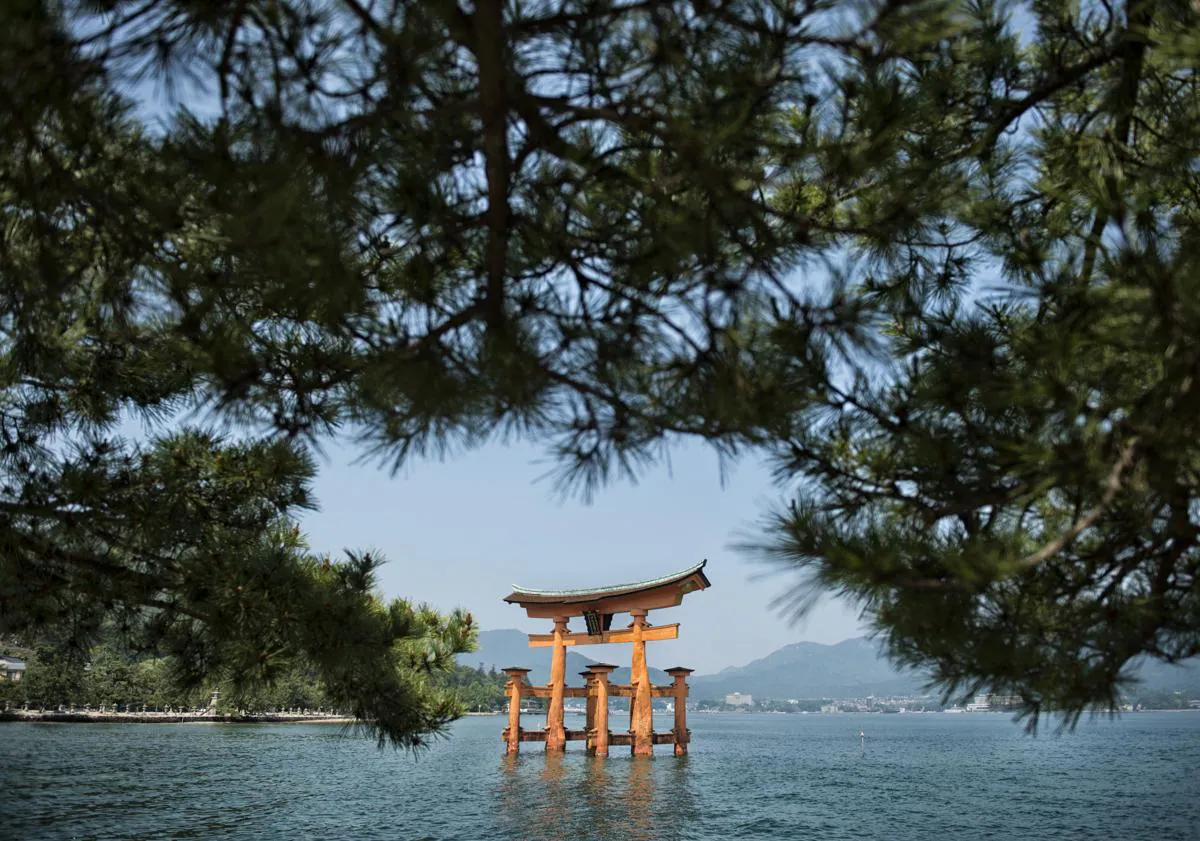

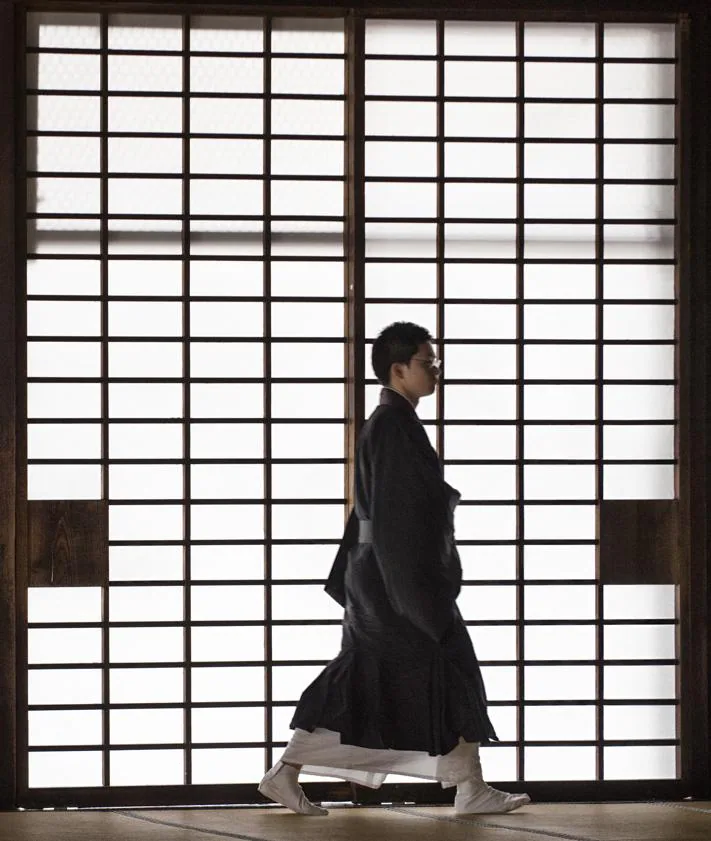
Encourage alternatives
For this reason, one of the main initiatives developed within the Plan for Sustainable Tourism is to raise prices and thus discourage travel. At least, from the less wealthy population. For example, some bus routes used mainly by tourists will increase their fares, as will temples and natural parks, especially at peak times. Places like Mount Fuji, previously free, will require an entrance fee that will cost around twelve euros and towns like Hatsukaichi will adopt a tourist tax similar to that of different places in Europe to ensure that tourism leaves more money in the coffers of the city.
But not everything is increased prices and restrictions. The Japanese authorities are aware that tourism can bring a significant economic boost and, therefore, have decided to encourage its diversification: that is, encourage trips to less known areas and in the low season. Because, in the end, most tourists concentrate on a handful of destinations along the busiest bullet train routes.
Cities concentrate the majority of tourists in Japan.
Zigor Aldama
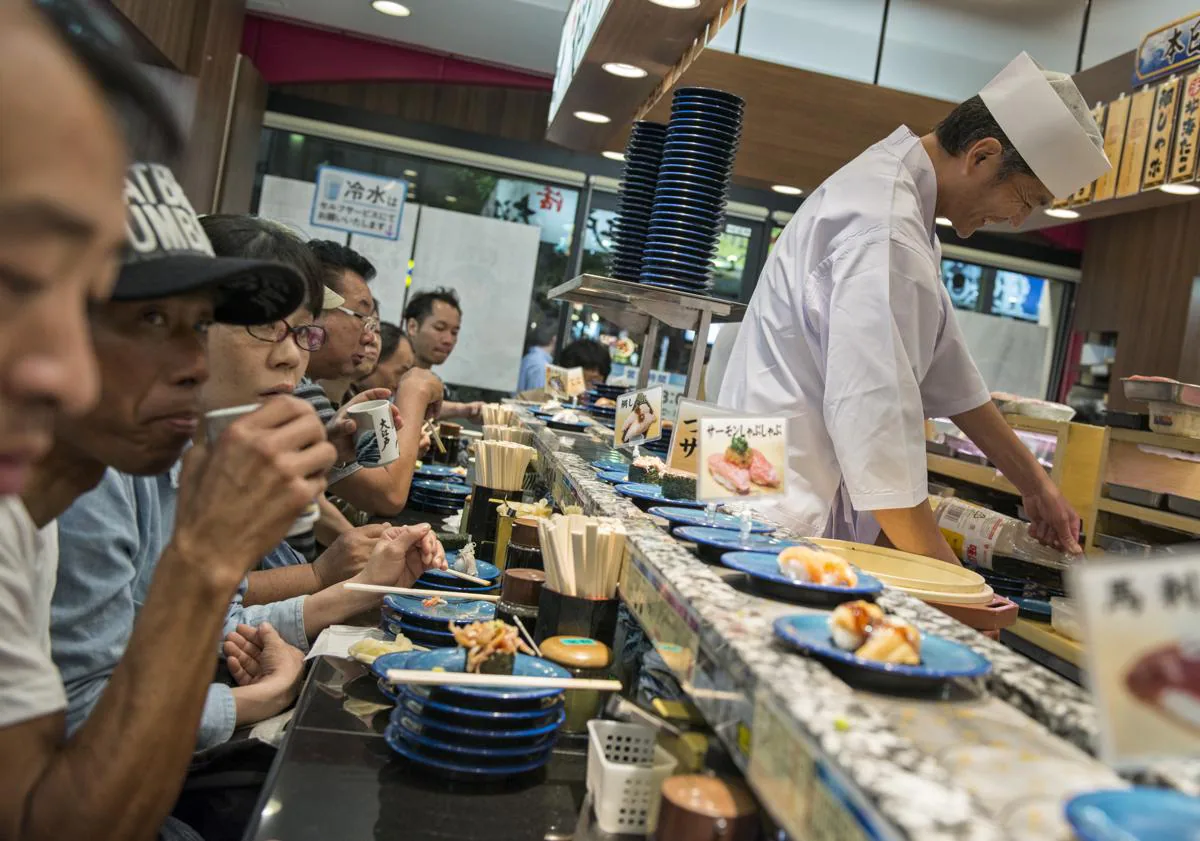
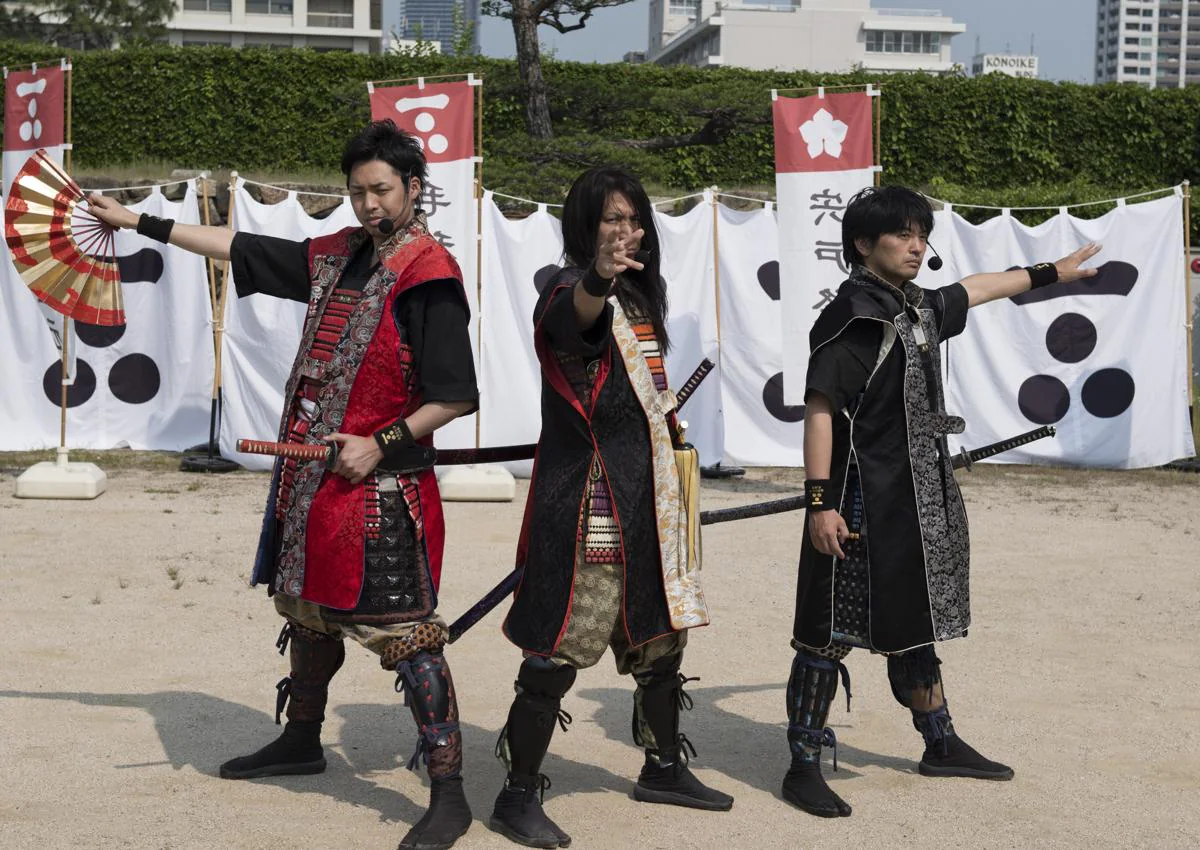
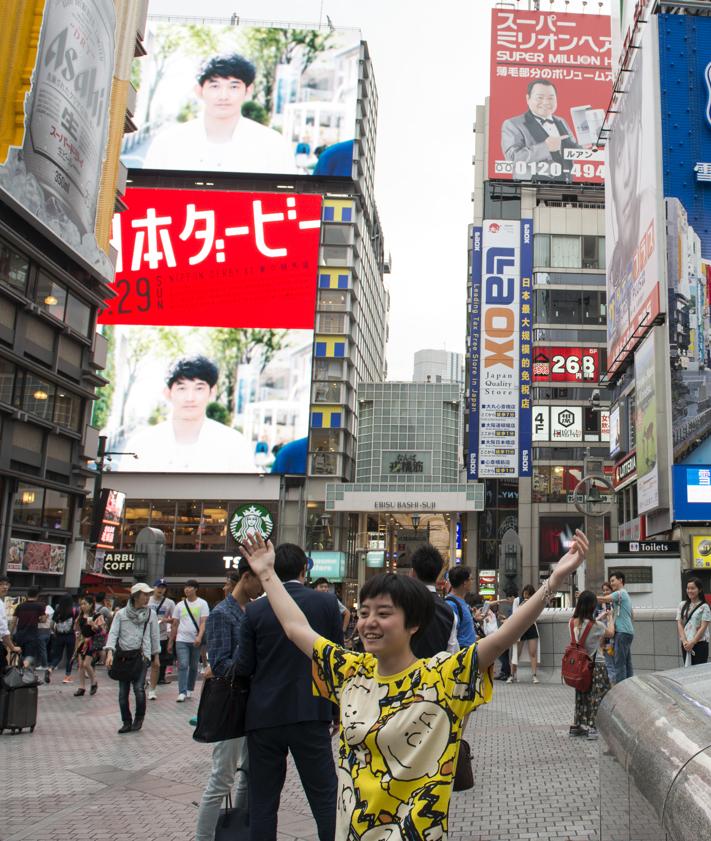
The Government will focus its marketing efforts on the promotion of eleven places that it has called 'model tourist destinations' that offer experiences and landscapes that visitors cannot discover in cities. Different initiatives will be launched there to develop different types of tourism, such as rural or adventure tourism, which are still very residual in an eminently urban country.
«Travelling sustainably in Japan will make you feel connected to this country. You will be able to have an unparalleled vision of the wonderful local customs through unbreakable links with nature. Living these authentic experiences will serve as a basis to inspire new enriching travel ideas. A sustainable and unique travel option in the world and a warm welcome awaits you,” the National Tourism Office already advertises.
#Japan #declares #war #mass #tourism